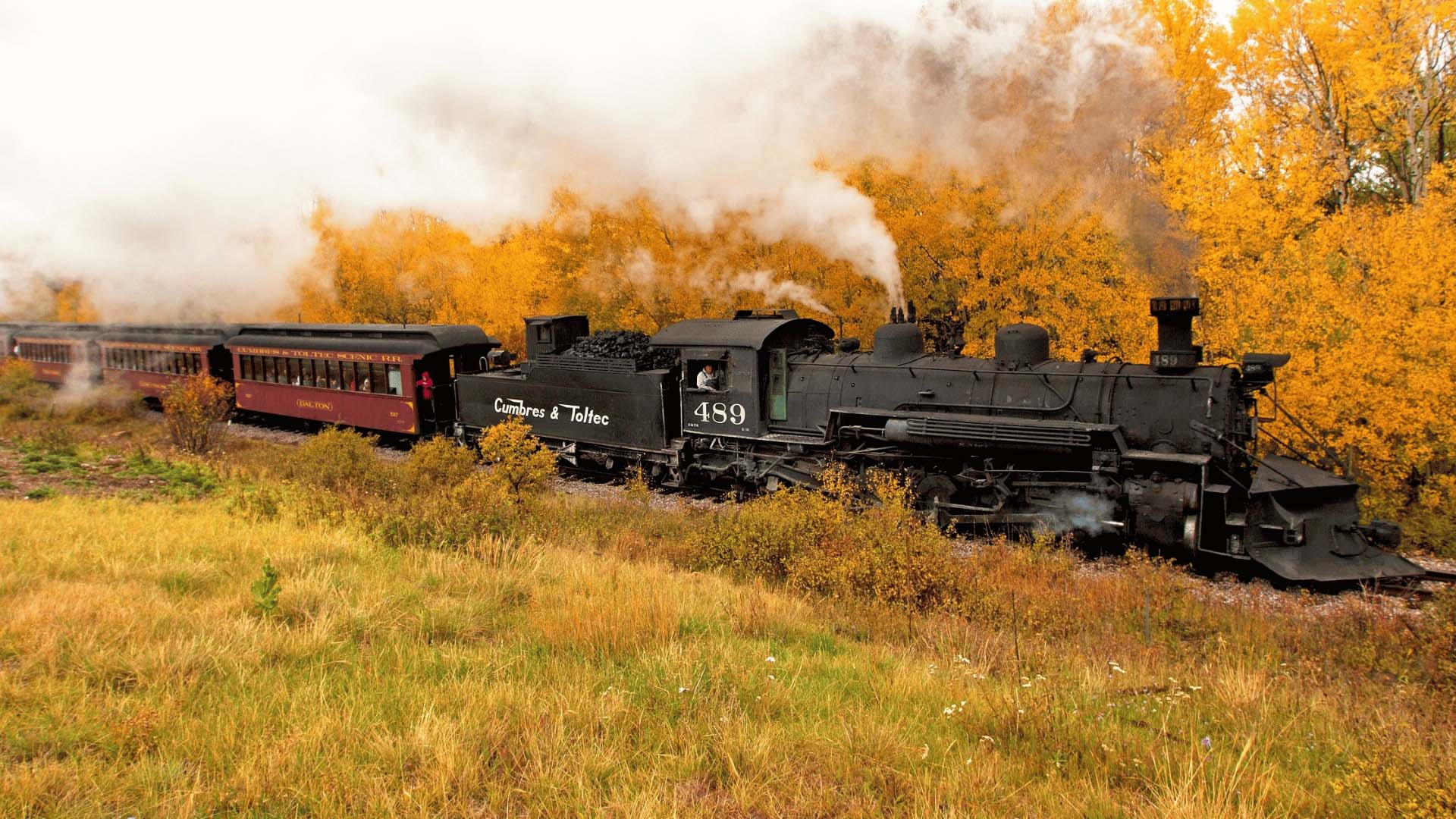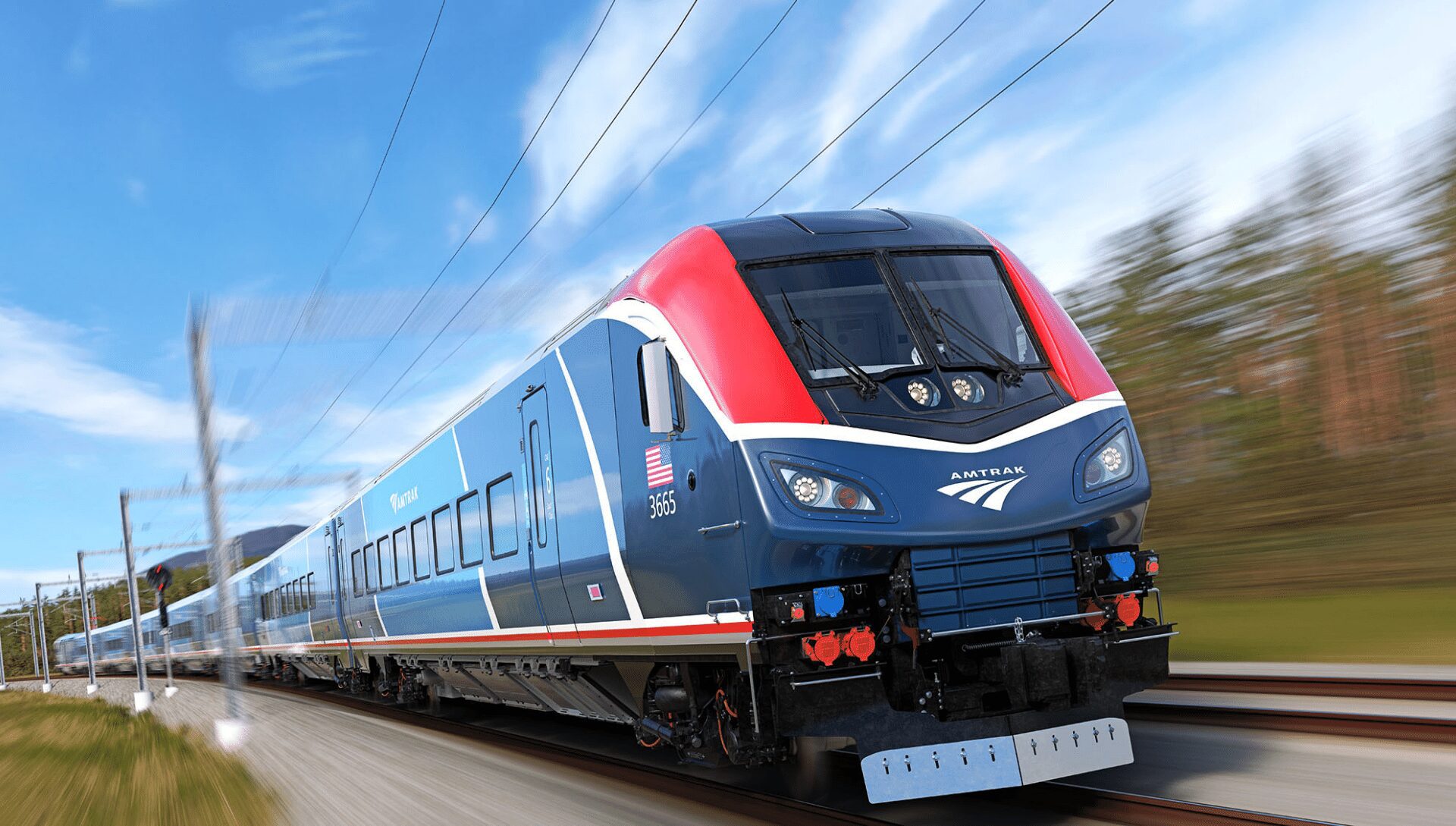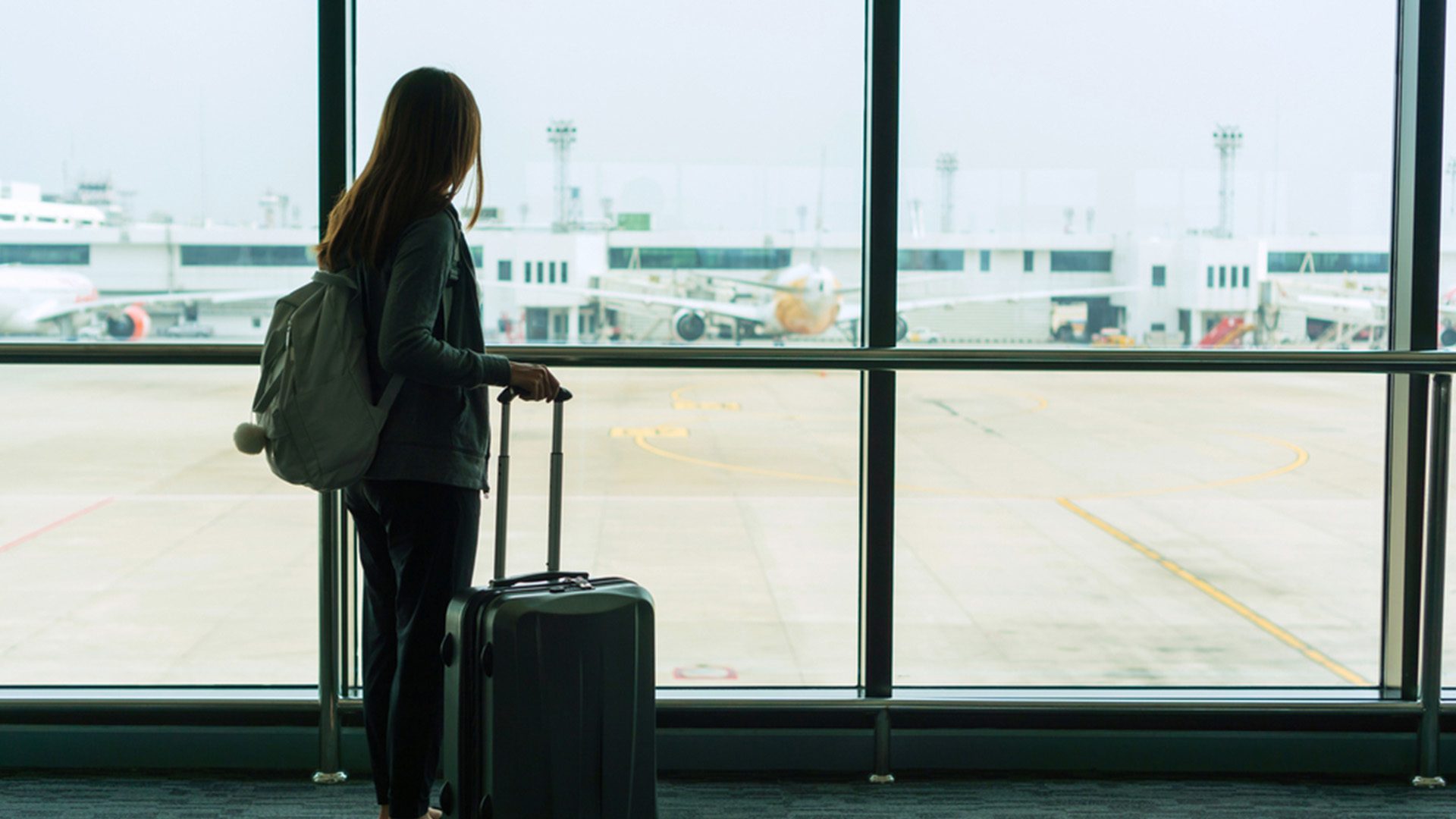Travelers are increasingly opting for trains over planes as domestic travel rebounds from the pandemic lows and flight prices rise.
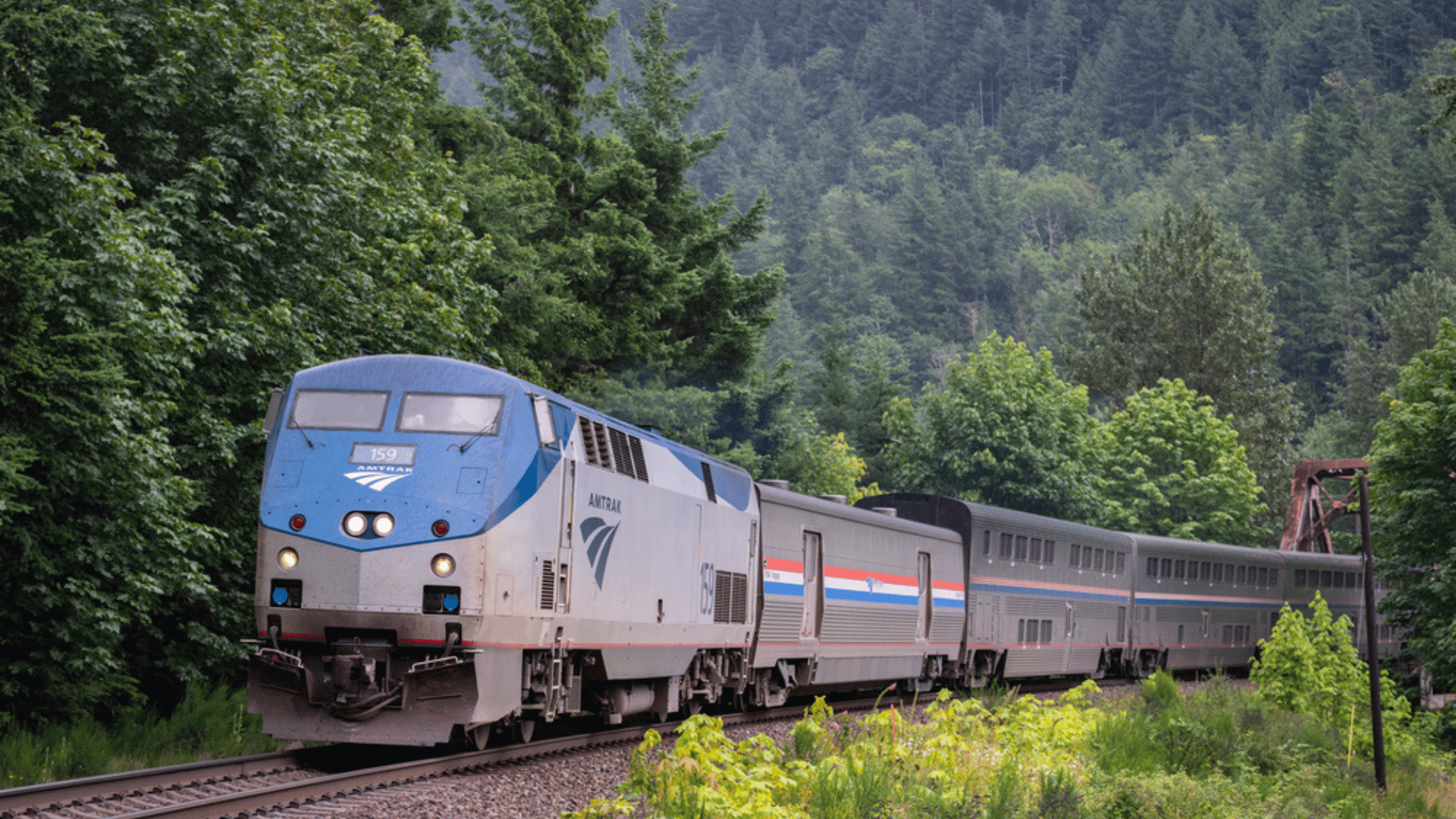
The advantages of train travel are simple: trains are less expensive, provide more room, and are more comfortable than plane travel. Since emerging from the pandemic, airline ticket prices have skyrocketed as travel demand surges.
The airline industry also faces uncertainty due to high-profile incidents, such as the Alaska Airlines plane that blew off a section midflight. This incident also led to the discovery of loose hardware on Boeing 737 Max 9 planes in multiple airlines’ fleets.
Though train routes face a disadvantage in terms of the length of travel, the total travel time often evens out when factoring in traffic to get out of the airport, time spent going through security, and boarding wait times.
“We’ve done speed tests and measured the amount of time it takes to go between cities like New York and D.C. on the train versus the plane, and even though the flight is super short, it generally takes around the same amount of time,” stated Clint Henderson, a managing editor at travel site The Points Guy.
Though trains will never replace flying, Henderson stated that he’s seen an increase in the number of people choosing to take Amtrak trains over flights. Though American trains are still a far way off from the high-speed railroad networks of Europe or Japan, Amtrak’s Acela trains can reach 150 miles per hour in some sections of its route.
Train travel also comes with the added benefit of being more environmentally friendly. According to the International Air Transport Association, air travel accounts for roughly 2% of the world’s global carbon emissions.
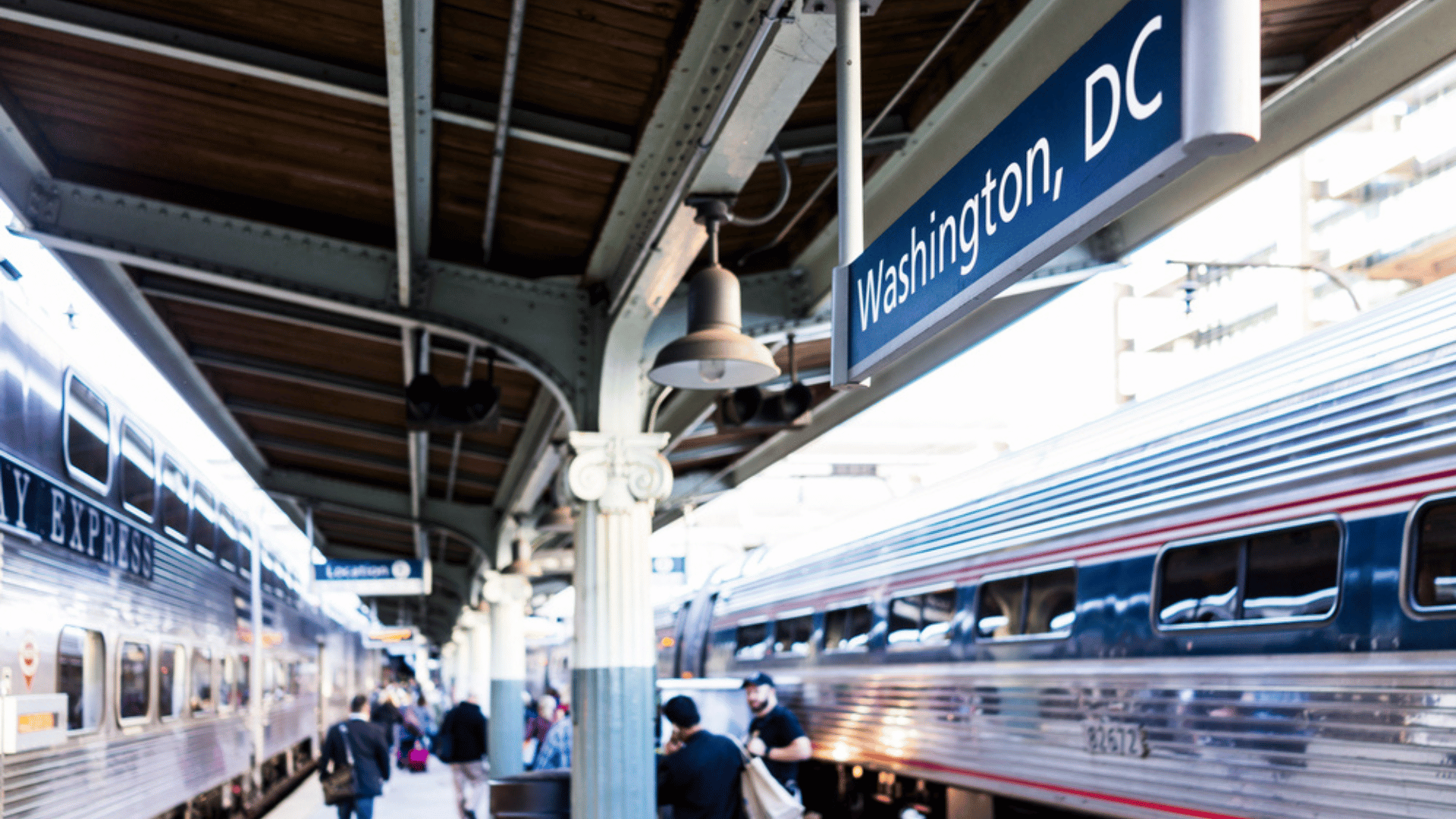
Explore Tomorrow's World from your inbox
Get the latest science, technology, and sustainability content delivered to your inbox.
I understand that by providing my email address, I agree to receive emails from Tomorrow's World Today. I understand that I may opt out of receiving such communications at any time.
According to Aaron McCall, the federal advocacy coordinator at California Environmental Voters, that impact is significantly lessened when switching to train travel.
“We are seeing a decrease in greenhouse gas emissions across the board, and the reason why we’re seeing that decrease is directly connected to investment in green technology and public transportation,” he stated.
Amtrak reported a total ridership of over 28 million in 2023, which is a 24% increase from the previous year. This still hasn’t reached its pre-pandemic levels, however, which was 32 million passengers in 2019.
The biggest increase in ridership appeared to be along the Northeast Corridor, which spans from Washington D.C. to Boston. According to a November report, this area achieved a 22% increase over a year.
Additionally, Amtrak has been building out its longer routes with the help of funding from the Washington House to upgrade trains and build infrastructure between cities. The company is investing over $5 million into a program that will enhance tunnels, train stations, and bridges with the larger goal of doubling ridership by 2040.



